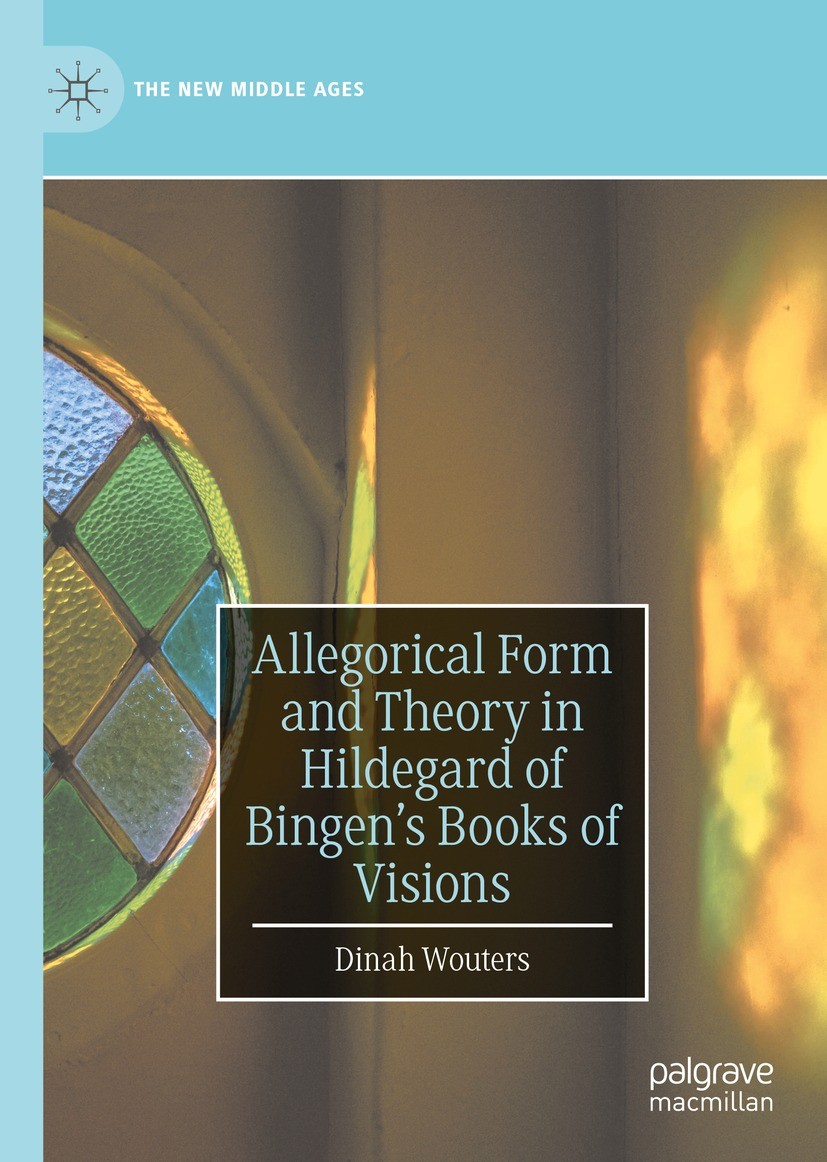| 期刊全称 | Allegorical Form and Theory in Hildegard of Bingen’s Books of Visions | | 影响因子2023 | Dinah Wouters | | 视频video | http://file.papertrans.cn/154/153440/153440.mp4 | | 发行地址 | Reads Hildegard from a literary viewpoint rather than historical, theological, or spiritual.Takes into account early scholasticism, modern allegorical theory, and questions of language and cognition.O | | 学科分类 | The New Middle Ages | | 图书封面 |  | | 影响因子 | This book analyses how the three books of visions by Hildegard of Bingen use the allegorical vision as a form of knowledge. It describes how the visionary’s use of allegory and allegorical exegesis is linked to theories of cognition, interpretation, and prophecy. It argues that the form of the allegorical vision is not just the product of a medieval symbolic mentality, but specific to Hildegard’s position and the major transformations taking place in the prescholastic intellectual milieu, such as the changing use of Scripture or the shift from traditional hermeneutics to cognitive language philosophy. The book shows that Hildegard uses traditional forms of knowledge – prophecy, the vision, monastic theology, allegorical hermeneutics – in startlingly innovative ways by combining them and by revising them for her own time. | | Pindex | Book 2022 |
The information of publication is updating

|
|
 |Archiver|手机版|小黑屋|
派博传思国际
( 京公网安备110108008328)
GMT+8, 2025-11-17 18:53
|Archiver|手机版|小黑屋|
派博传思国际
( 京公网安备110108008328)
GMT+8, 2025-11-17 18:53


